SenseCAP LoRaWAN Innovation for SDGs: Sweet Melons Grown at Smart Agriculture Demonstration Park in Beihai, China
By Ye Seong SHIN 4 years agoSmart Agriculture Demonstration Park Project deployed Seeed’s SenseCAP LoRaWAN gateway and sensors for precision agriculture in a greenhouse of sweet melons, which is located in Beihai City of Southern China. Through the IIoT solution, improved resource efficiency and economic productivity have been observed, through which the Project seeks to achieve the UN’s SDGs 13, 3, 17, 10, 11, 9, 8, 2, 1, 4, 6, 7 and 12.
Project Name: Smart Agriculture Demonstration Park Project
Deployment Location: Beihai, China
Targeted Industry Type: Agriculture
Project Partner(s): 
Various pieces of evidence on climate change have been appearing on our planet from all parts of the world. Most common ones are global warming and increasing CO2 level in the atmosphere that together pose a great danger to our living environment and threaten our very existence. According to many academic research, food industry is expected to bear serious repercussions for the growth, quality, and productivity of crops due to degrading environmental conditions. In fact, food insecurity and climate change are two interconnected concepts that can positively or negatively affect each other (Ogada et al, 2020).
What does this mean for the rural population heavily dependent on traditional agriculture? From their perspective, unless any socioeconomic measures or technological knowledge is shared with the rural population, our society is creating yet another group of vulnerable populations who would unwillingly fall behind (Figure 1). Luckily, however, advanced technological concepts like “precision agriculture” enabled by IoT solutions shared some optimism on growing efficient, profitable, and good quality crops (Agrimonti et al, 2020).
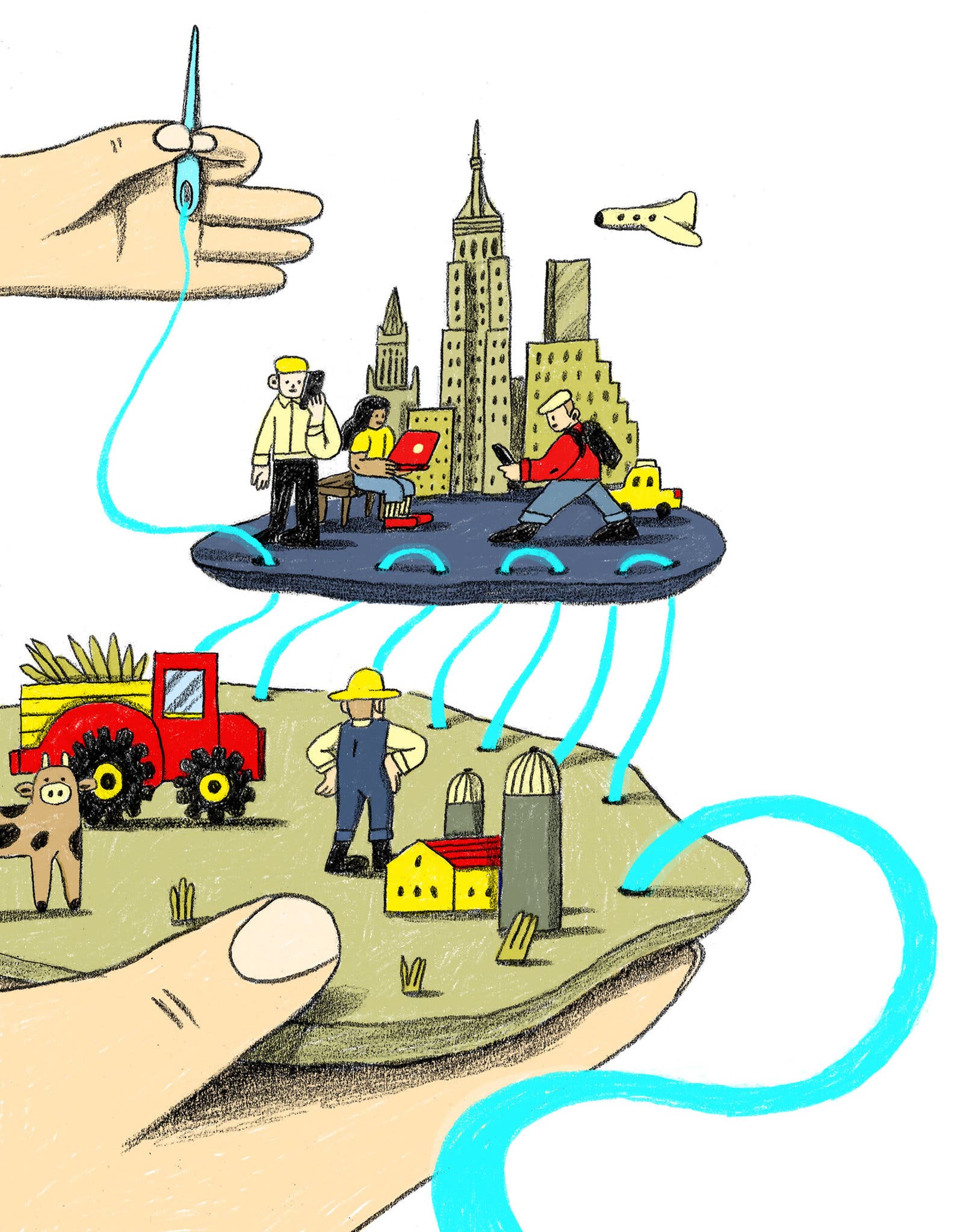
Figure 1. Necessity of Closing Technological Resource Gap
Between the Urban and Rural Areas
Ⓒ Doris Liou (The New York Times, 2019)
What’s the Challenge?
How to reduce the waste of natural resources, lower the labor inputs, and increase the yield in crop cultivation?
What’s the Project About?
Seeed’s IoT innovation enabled by SenseCAP wireless IoT sensors and gateways has been deployed in many scenarios of precision agriculture and smart farming. In 2019, the local government of Yinhai District of Beihai City in Guangxi Zhuang Autonomous Region (GZAR) of China decided to partner with Seeed, Guangxi Academy of Agricultural Sciences (GAAS), and a Beijing-based system integrator, to implement a smart agriculture pilot project. The pilot project was located at Smart Agriculture Demonstration Park (200 hectares) in Yinhai District (Figure 2).

Figure 2. Smart Agriculture Demonstration Park in Beihai of Southern China
Yinhai District in Beihai City has a farming population of 124,000, accounting for 53% of the district’s total habitants, and contains 18,000 hectares of arable land. To help local farmers increase efficiency, lower labor costs, and increase yields in farming, Yinhai local government has been visiting different regions in China to conduct research on the best IoT digital solutions that can be applied to the local farming industry, which is why Seeed was chosen.
Another project partner, GAAS, is an institution responsible for researching the application of high-tech solutions to the region’s agricultural domains. It has been actively engaged in technological innovation and transformation of the agricultural environment, resource efficiency, and agricultural product processing. By doing so, GAAS has been spearheading regional agricultural reforms and development of the rural economy. (GAAS, 2020).
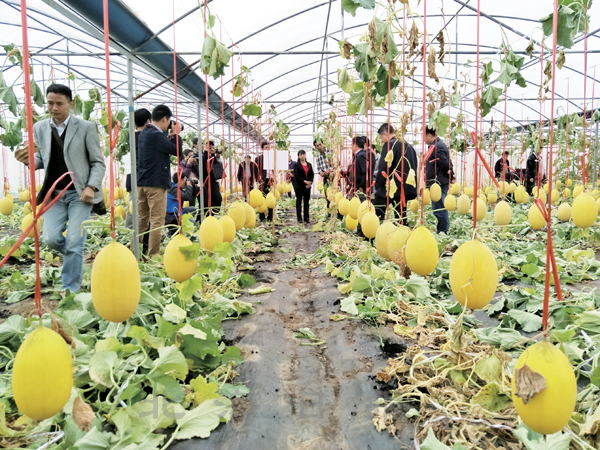
Figure 3. Sweet Melons at the Smart Agriculture Demonstration Park in Beihai (Beihai Daily, 2017)
At the beginning, the Smart Agriculture Demonstration Park Project unfolded with a series of inclusive dialogues with local farmers and the local government. Then, they selected sweet melons as the targeted crops for this Project (Figure 3), after considering the following elements:
- Sweet melon is one of the most lucrative fruits among locally-produced crops, attributable to its two harvest seasons per year, a yield of 2500 kg per 0.067 hectare, and its selling price of 10 RMB per kg. For this reason, it has been also selected as a crop for China’s nationwide “One Village, One Product (一村一品)” movement. Therefore, by applying IoT solutions to smart agriculture practices, it was anticipated to help farmers in cultivating and managing the growth of sweet melons.
- The present crop management practice requires farmers to frequently visit the greenhouse in person, and to turn on and off the switches of different systems manually. This is perceived to be time-consuming and labor-intensive.
- With the local farmers’ years of experience and insights on traditional agriculture, the current crop management process gives rise to wasting a lot of water and electricity, which simultaneously led to the low yield, due to inappropriate amounts of fertilizers and irrigation.
In order to address the above-mentioned challenges, the Smart Agriculture Demonstration Park Project deployed our SenseCAP LoRaWAN wireless gateway and sensors suitable for industrial usage worldwide (Figure 4). Thanks to the fact that SenseCAP contains multiple ISM bands, and SenseCAP being robustly encapsulated in an IP66 enclosure, SenseCAP IIoT application scenarios can support low-power, long-distance, and long-term data collection.
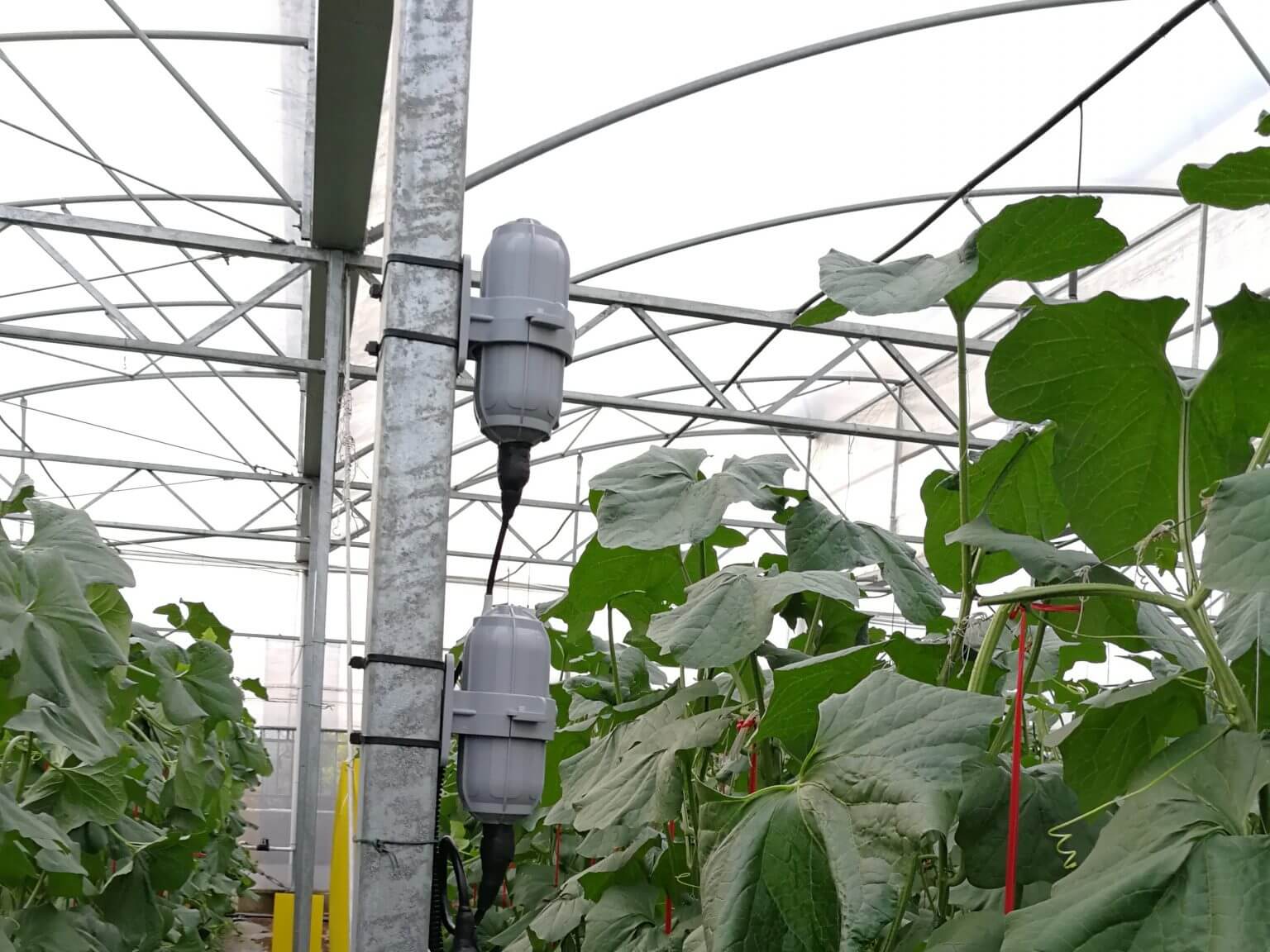
Figure 4. SenseCAP Deployed in Beihai Greenhouse of the Park
There were different sensors for measuring different environmental elements, like soil temperature, soil moisture (VWC), soil electrical conductivity (EC), light intensity, CO2, pH, and photosynthetically active radiation (PAR), air temperature and humidity, barometric pressure, wind direction, and rain gauge. Together, as one LoRaWAN IoT solution, the SenseCAP sensors collect the parameters of each element mentioned above. Afterwards, all the collected data will go through the gateway to reach the Cloud Server, and integrated data will be displayed on a data platform for the farmers to check information in real-time via a web page or a mini-APP on WeChat (Figures 5 & 6).
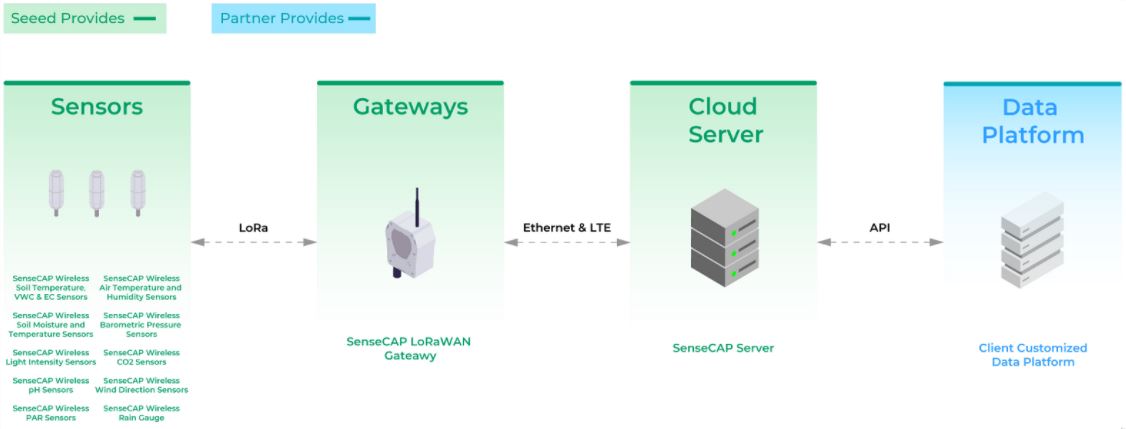
Figure 5. System Deployment Diagram of Smart Agriculture Demonstration Park Project
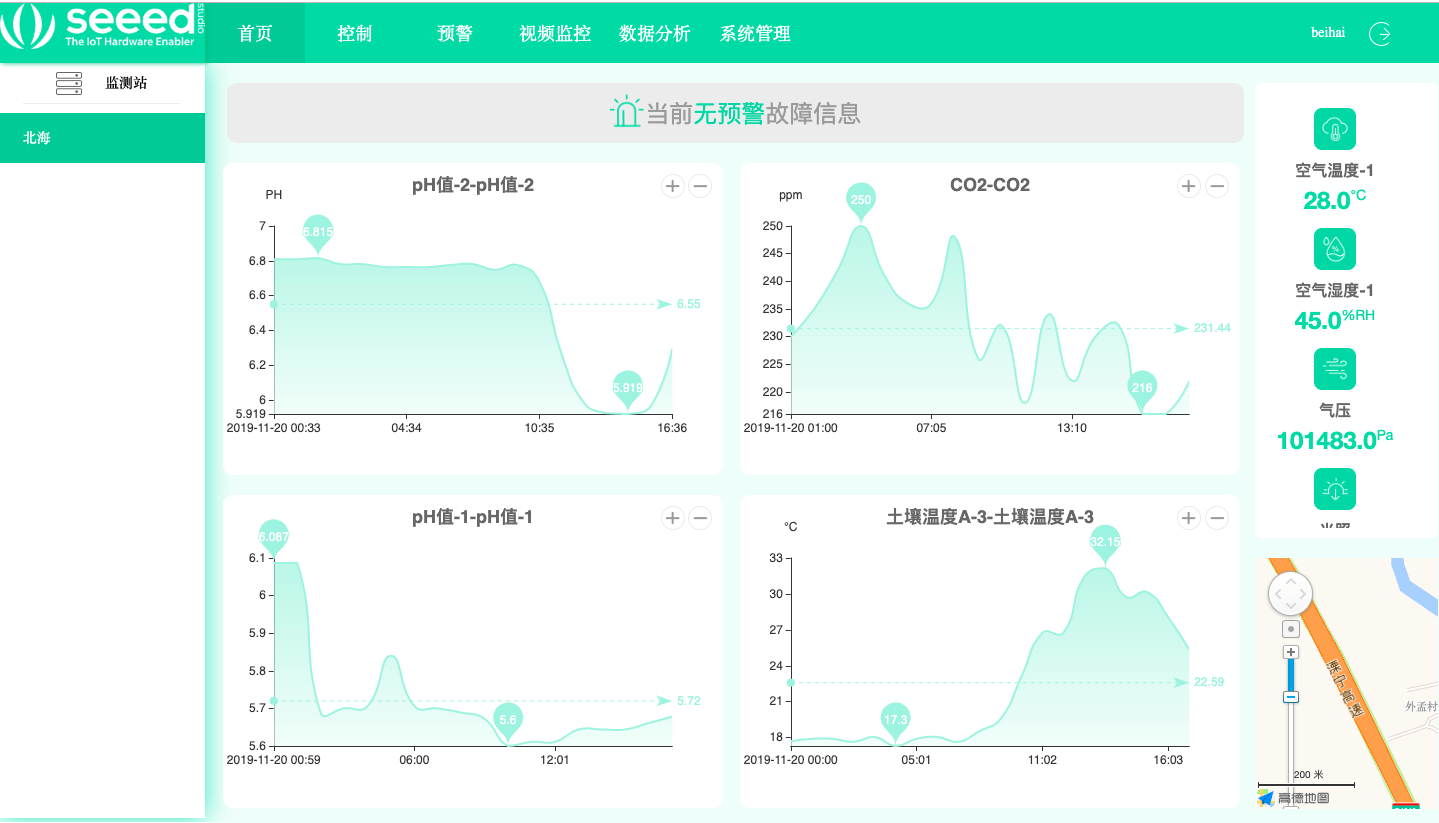
Figure 6. Web Page as a Data Platform for Smart Agriculture Demonstration Park Project
As for the greenhouse’s ventilation system, sunshade curtain system, and irrigation system are connected with the data collected by the SenseCAP sensors for local farmers’ remote control or auto-control. Moreover, a smart weather station is installed outside the greenhouse in order to collect the parameters of air temperature and humidity, barometric pressure, light intensity, CO2, wind direction, and rain gauge (Figure 7).
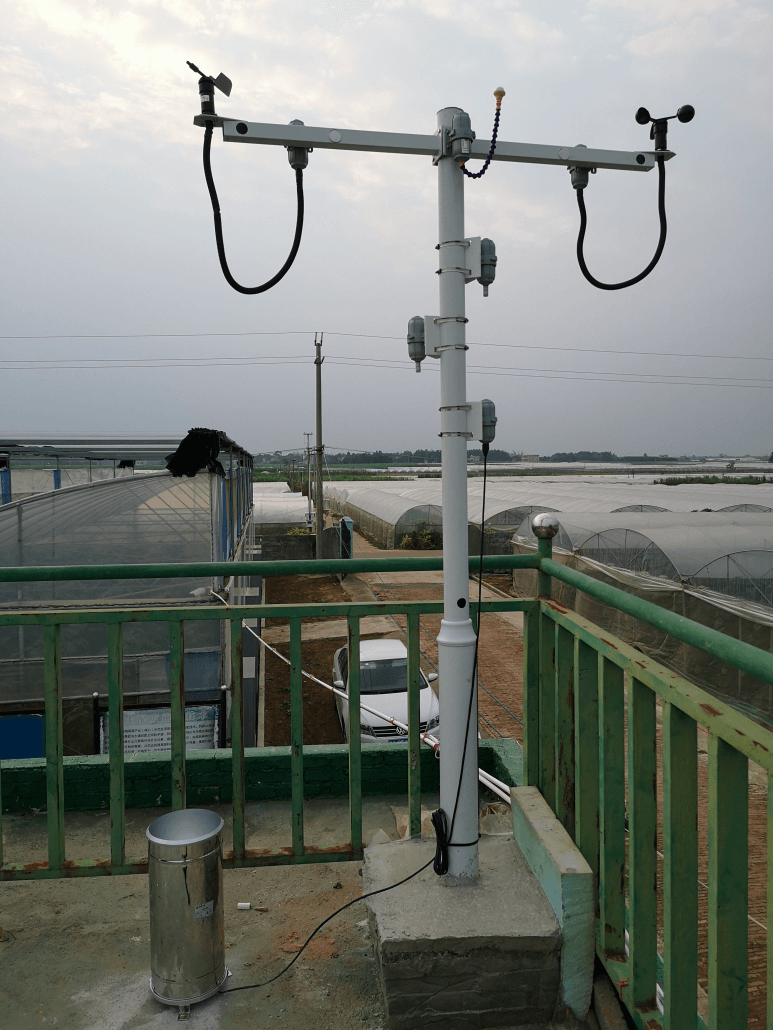
Figure 7. Weather Station Deployed Outside the Greenhouse in the Park
Likewise, cameras are installed indoors to monitor the growing conditions of the sweet melons, and outdoors for surveillance (Figure 8). Indeed, the farmers will be able to observe the inner and outer conditions of the greenhouse, which eliminates the need to dispatch laborers to check the greenhouse in person. This lowers labor costs, and significantly improves energy efficiency.
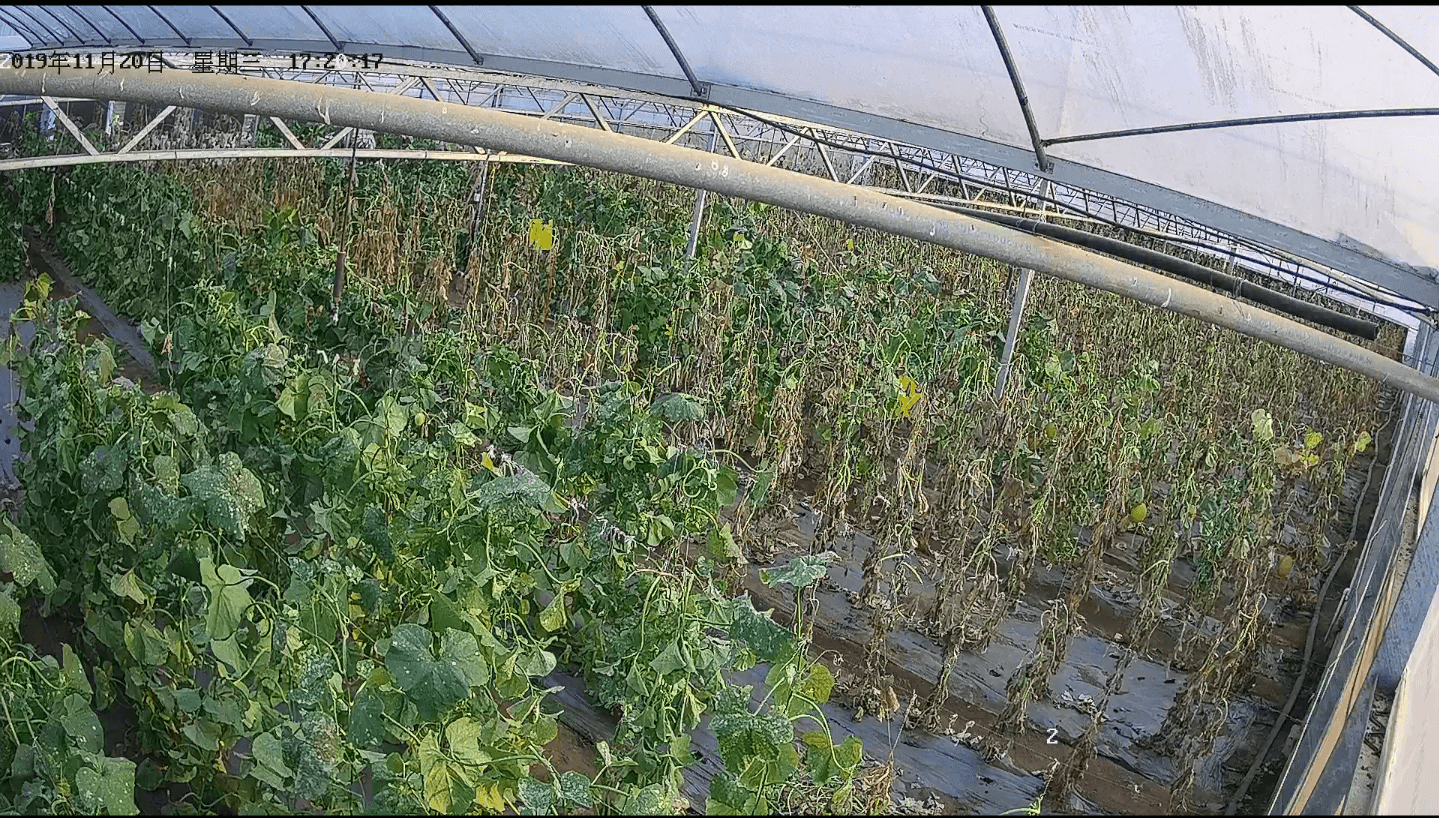
Figure 8. Image Captured by the Camera Within the Greenhouse of the Park
As you might be wondering by now, the following SenseCAP LoRaWAN gateway and sensors are deployed in Yinhai District of Beihai:
- SenseCAP Outdoor Gateway – LoRaWAN
- SenseCAP Wireless Soil Temperature, VWC & EC Sensor – LoRaWAN
- SenseCAP Wireless Soil Moisture & Temperature Sensor – LoRaWAN
- SenseCAP Wireless Light Intensity Sensor – LoRaWAN
- SenseCAP Wireless pH Sensor – LoRaWAN
- SenseCAP Wireless PAR Sensor – LoRaWAN
- SenseCAP Wireless CO2 Sensor – LoRaWAN
- SenseCAP Wireless Air Temperature and Humidity Sensor – LoRaWAN
- SenseCAP Wireless Barometric Pressure Sensor – LoRaWAN
- SenseCAP Wireless Wind Direction Sensor – LoRaWAN
- SenseCAP Wireless Rain Gauge – LoRaWAN
As a result of this Project, the accumulated data will be used by experts at GAAS to provide insightful information and consultations to local farmers on which crops and fruits would best grow in Yinhai District. In this way, the farmers will be able to implement climate-sensitive agriculture practices, and internalize economically-beneficial agricultural habits in the long run. Yes, this pilot project has been in full swing in Beihai, and obtained very positive feedback from local farmers and local government officials. This case in point demonstrates to us that IIoT solutions can be expanded to other greenhouses and outdoor farming of sweet melons, chilies and other cash crops with relatively higher economic benefits.
Which SDGs Are Relevant?
Today’s Smart Agriculture Demonstration Park Project shows us the great potential of the IIoT solution in mitigating climate-change issues, and in increasing the economic productivity of rural farmers. These observations are closely related with the UN’s SDGs as the following (Figure 9):
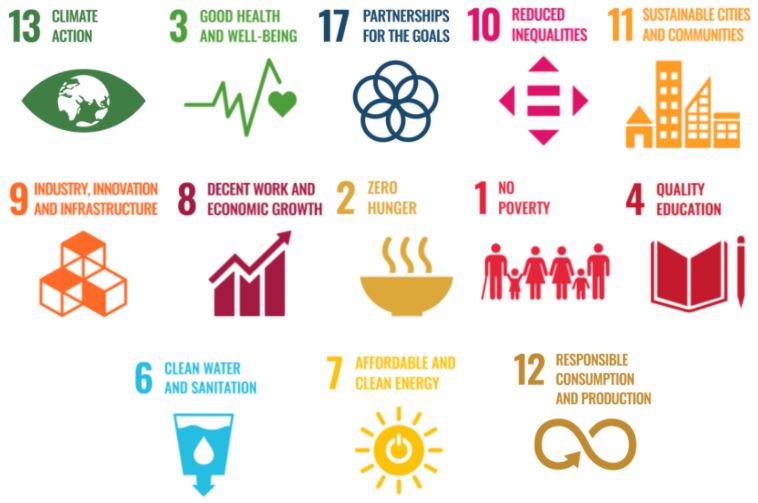
Figure 9. Relevance of Smart Agriculture Demonstration Park Project & SDGs (UN, 2016)
After taking a look at the SDGs’ Targets, which are more detailed and specific than the SDGs themselves, we are able to develop a more in-depth understanding of why deploying precision agriculture is essential in rural areas:
- Provide capacity-building measures to local and vulnerable communities in order for them to be geared for climate change-related planning, strategies, and resilience (Targets 13.B, 13.1, 13.2, 13.3 & 3.D)
- Upgrade multi-stakeholder partnerships and regional cooperation among public, private, and civil society partnerships to improve knowledge sharing of science, technology, innovation, and resources (Targets 17.6, 17.16 & 17.17)
- Increase the income of the most marginalized population groups, and facilitate their self-empowerment in socio-economic and political realms (Target 10.1, 10.2 & 10.3)
- Decrease the number of vulnerable people’s economic losses directly influenced by force-majeure situations (Target 11.5)
- Advance retrofit industries with eco-friendly technologies for sustainable industrialization (Targets 9.4, 9.1 & 9.2)
- Augment incomes and economic productivity and resource efficiency of small-scale farmers via diversifying and technologically up-scaling in labor-intensive sectors (Targets 8.2, 8.4, 2.3, 2.4, 2.A)
- Decrease poverty level in different dimensions by ensuring resilient livelihoods and resource mobilization from various sources (Targets 1.2, 1.5 & 1.A)
- Provide vocational and technological skill trainings to more adults and young people (Target 4.4)
- Practice water-efficiency in all industries and execute integrated water resource management through cooperation (Targets 6.4 & 6.5)
- Increase energy efficiency (Target 7.3)
- Execute sustainable production and increase natural resource efficiency (Targets 12.1, 12.2 & 12.A)
Last but not least, it is worthwhile to share with you that although Seeed may not be the best sustainability champion yet, we are still trying to learn more about sustainable development so as to apply it to our products, services and community, and to give something meaningful back to the world we are living in. We are growing together as peers, and together, we can create a new path, a difference, and a change.
About Author
Ye Seong SHIN
Sustainability and CSR Manager at Seeed Studio
。
Jointly organize/participate in multi-stakeholder projects/platforms/events/webinars/workshops/hackathons/etc. to accelerate SDGs with local communities and open tech anywhere in the world by connecting with Ye Seong SHIN today on LinkedIn.
。
Seeed Studio is the IoT and AI solution provider for all types of traditional industries’ sustainable digitalization. Since its establishment in 2008, Seeed Studio’s technological products and customization services are used for smart agriculture, smart cities, smart environmental monitoring, smart animal farming, smart aquaculture, meteorological monitoring, STEAM education, and all types of emerging scenarios enabled by the Industry 4.0. With the company’s mission to “Empower Everyone to Achieve Their Digital Transformation Goals” (which shares similar values with SDGs’ Motto of “Leave No One Behind”), Seeed Studio is devoted to using open source technologies for accelerating SDGs with multi-stakeholders from UN agencies, academia, companies, CSOs, governments, public/private organizations, and so on. This is why, Seeed Studio also founded “Chaihuo Maker Space”, and started China’s first Maker Movement by annually organizing “Maker Faire Shenzhen”.
